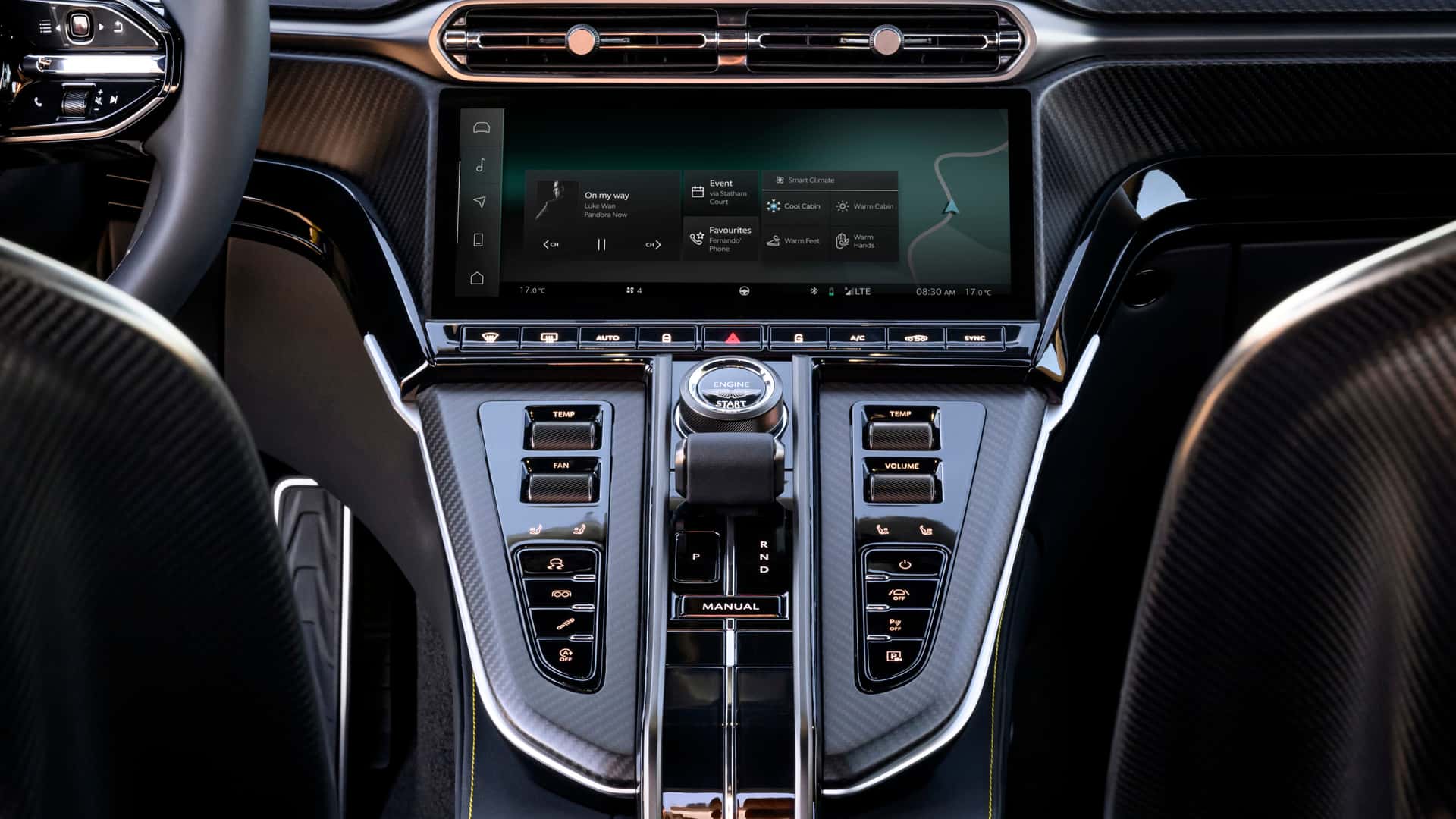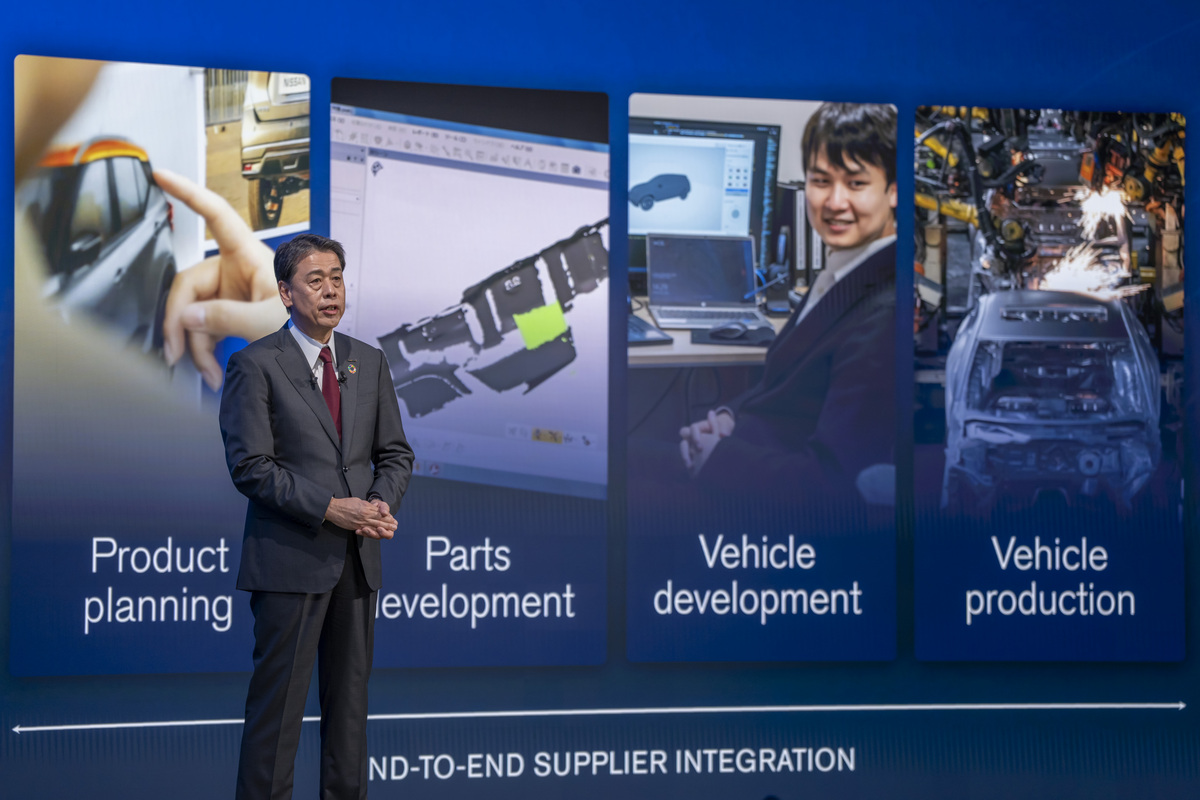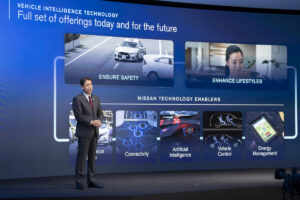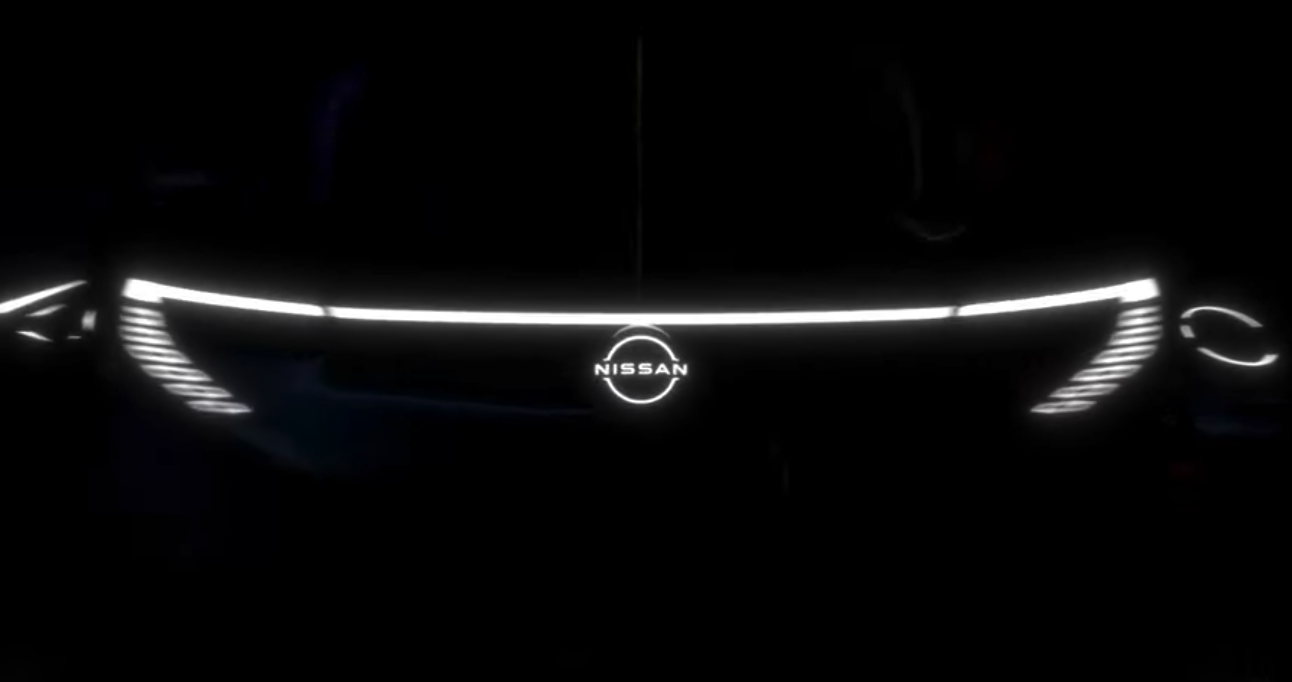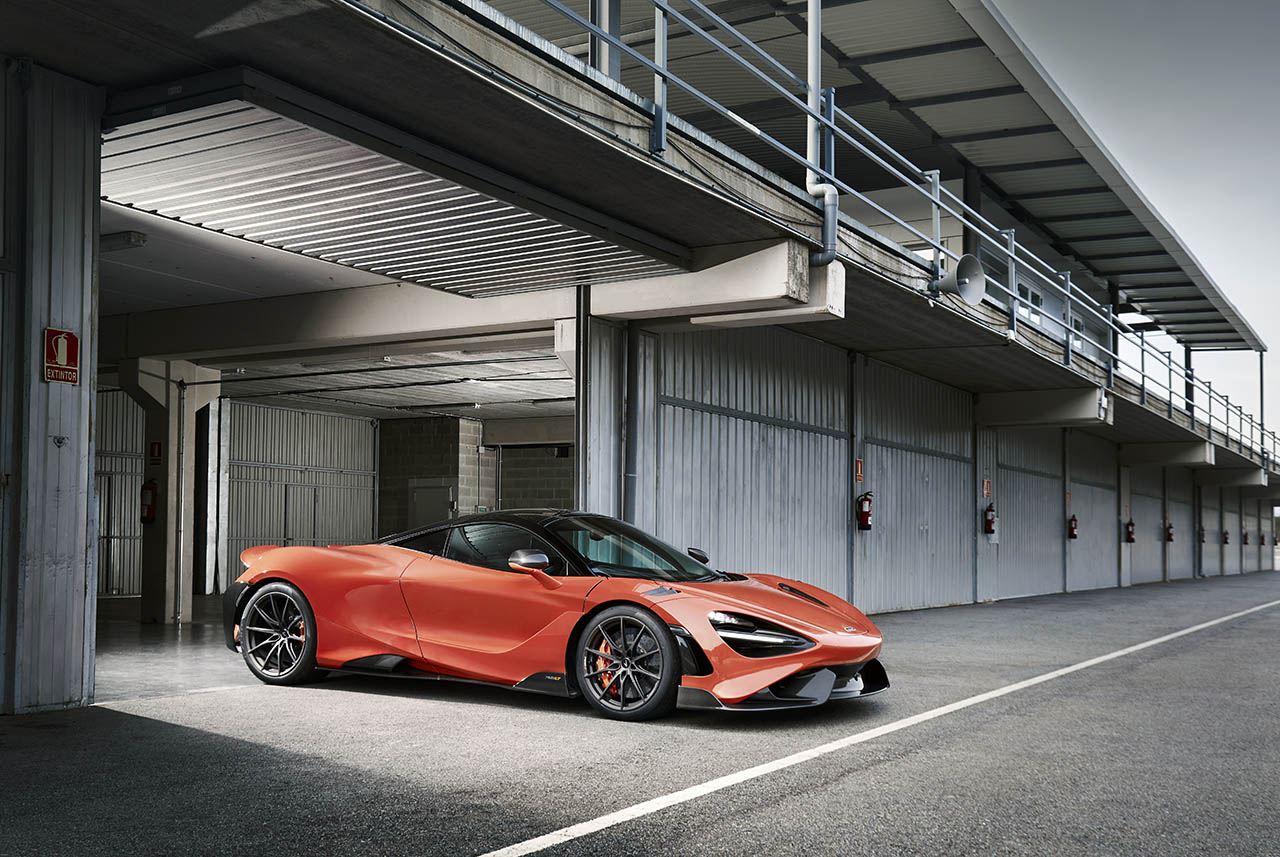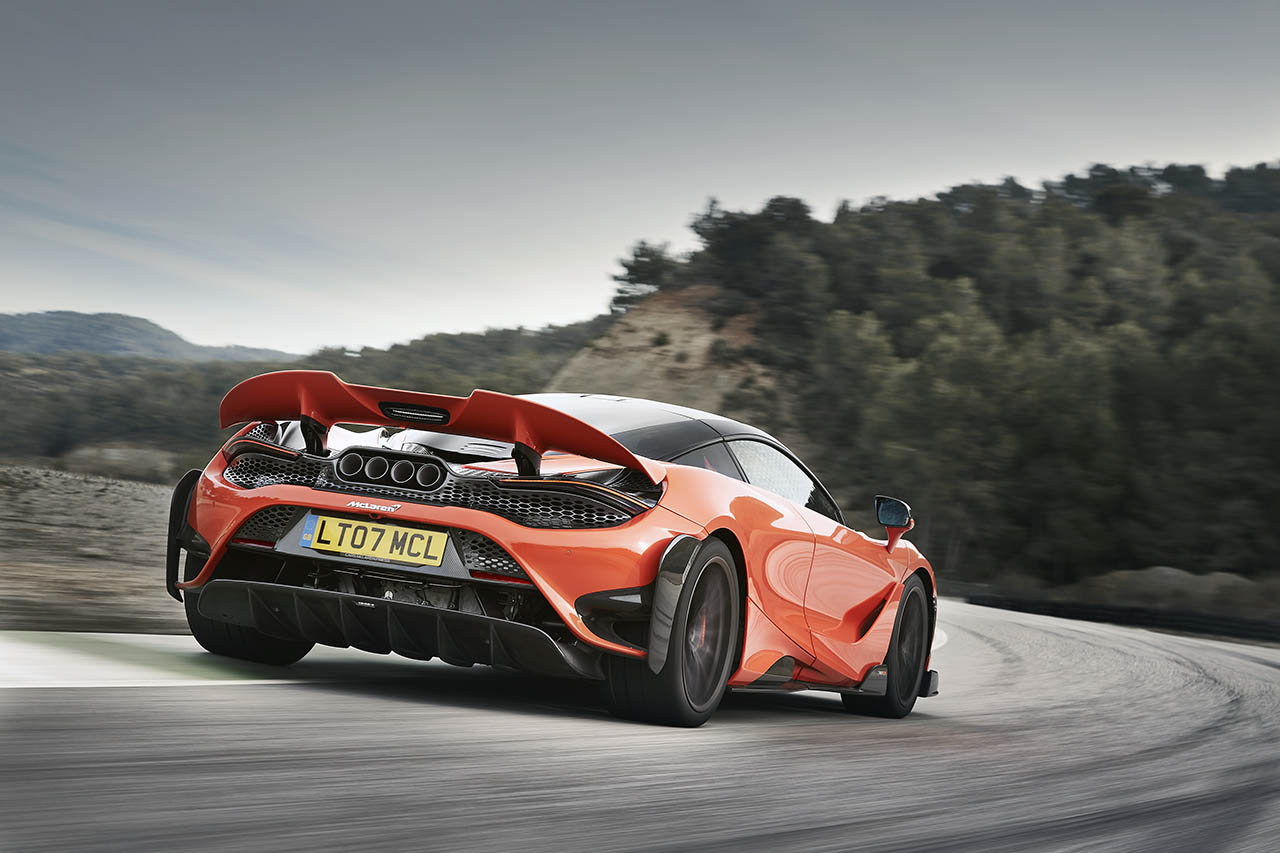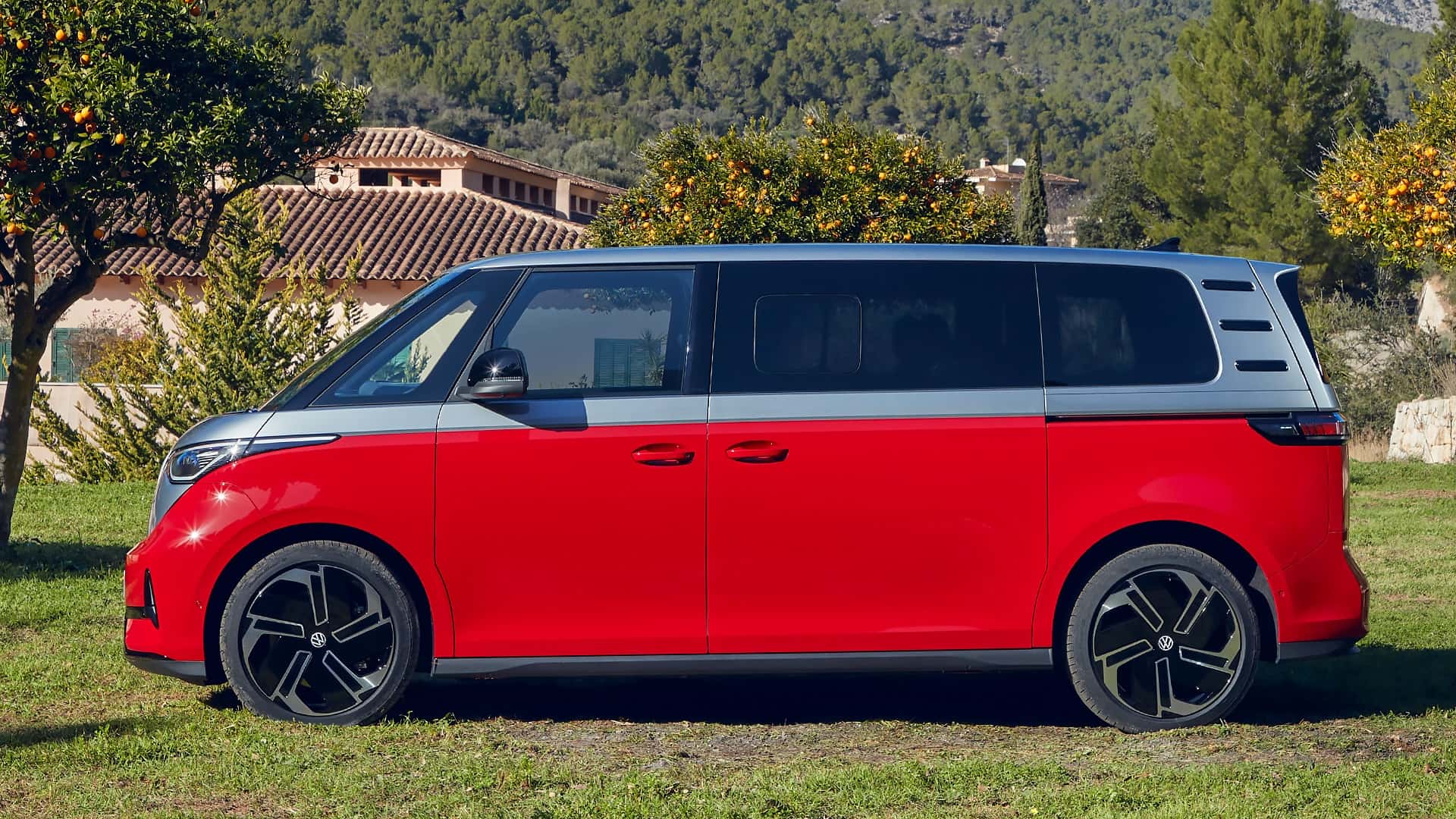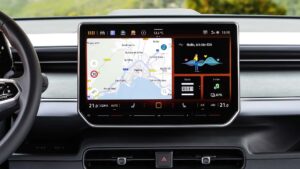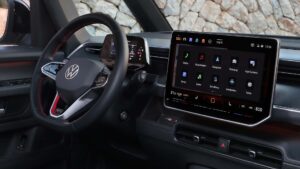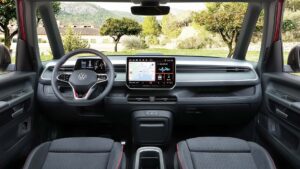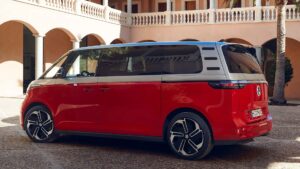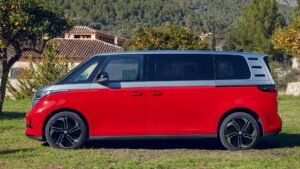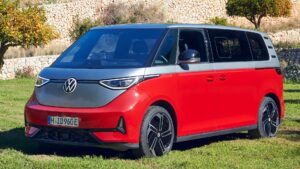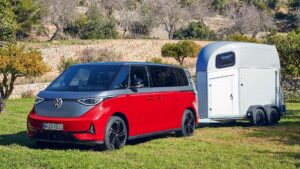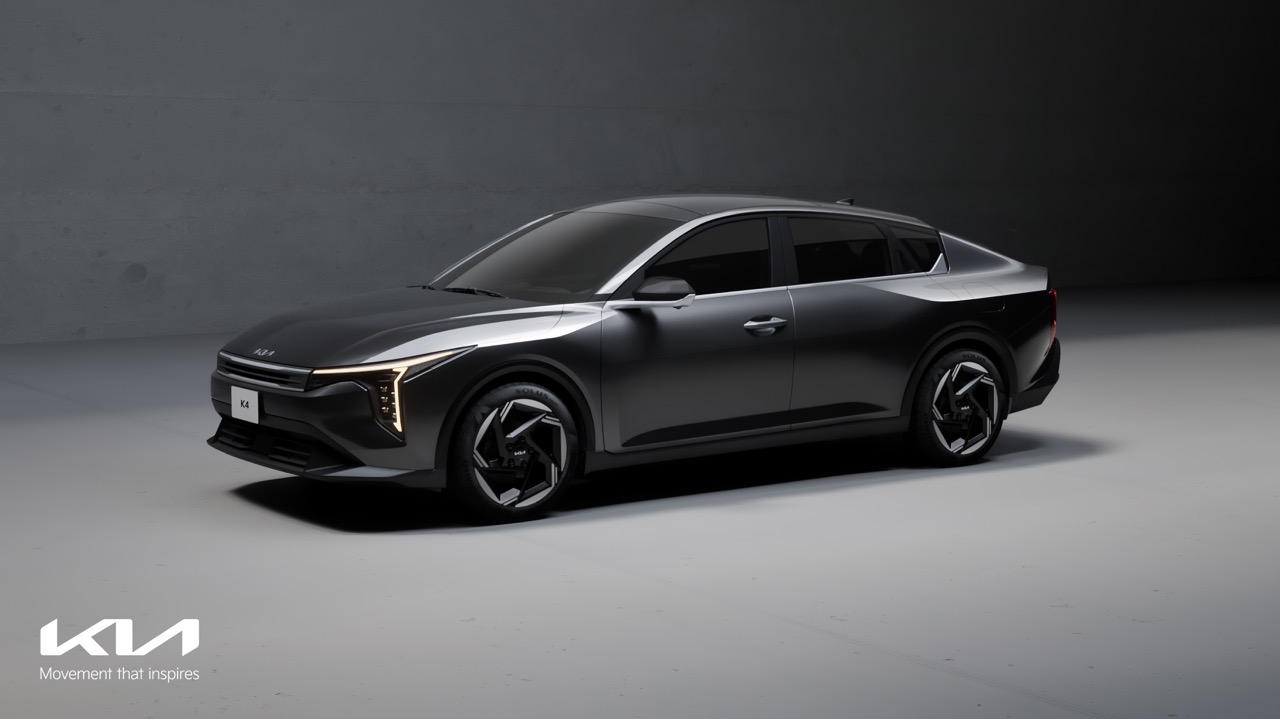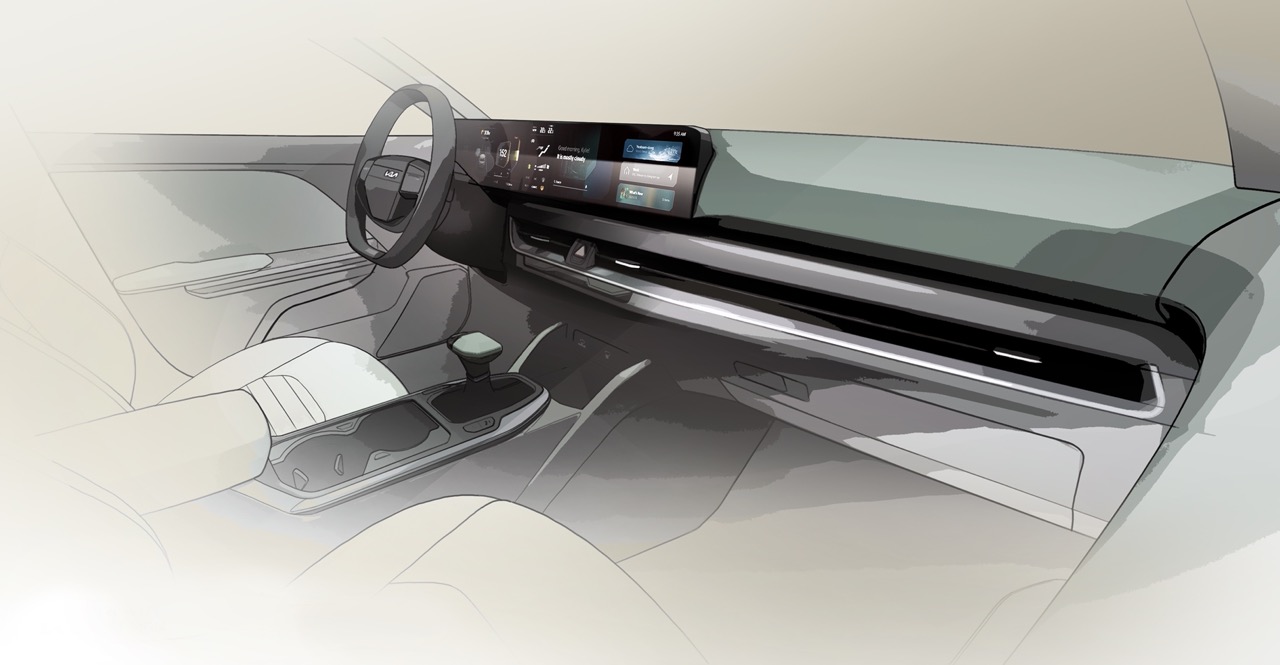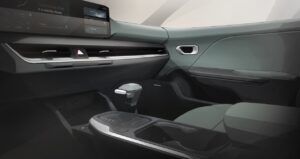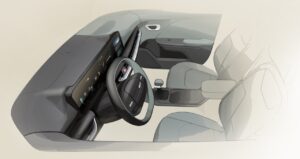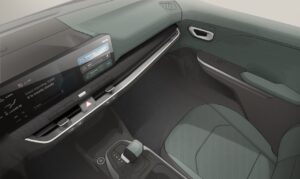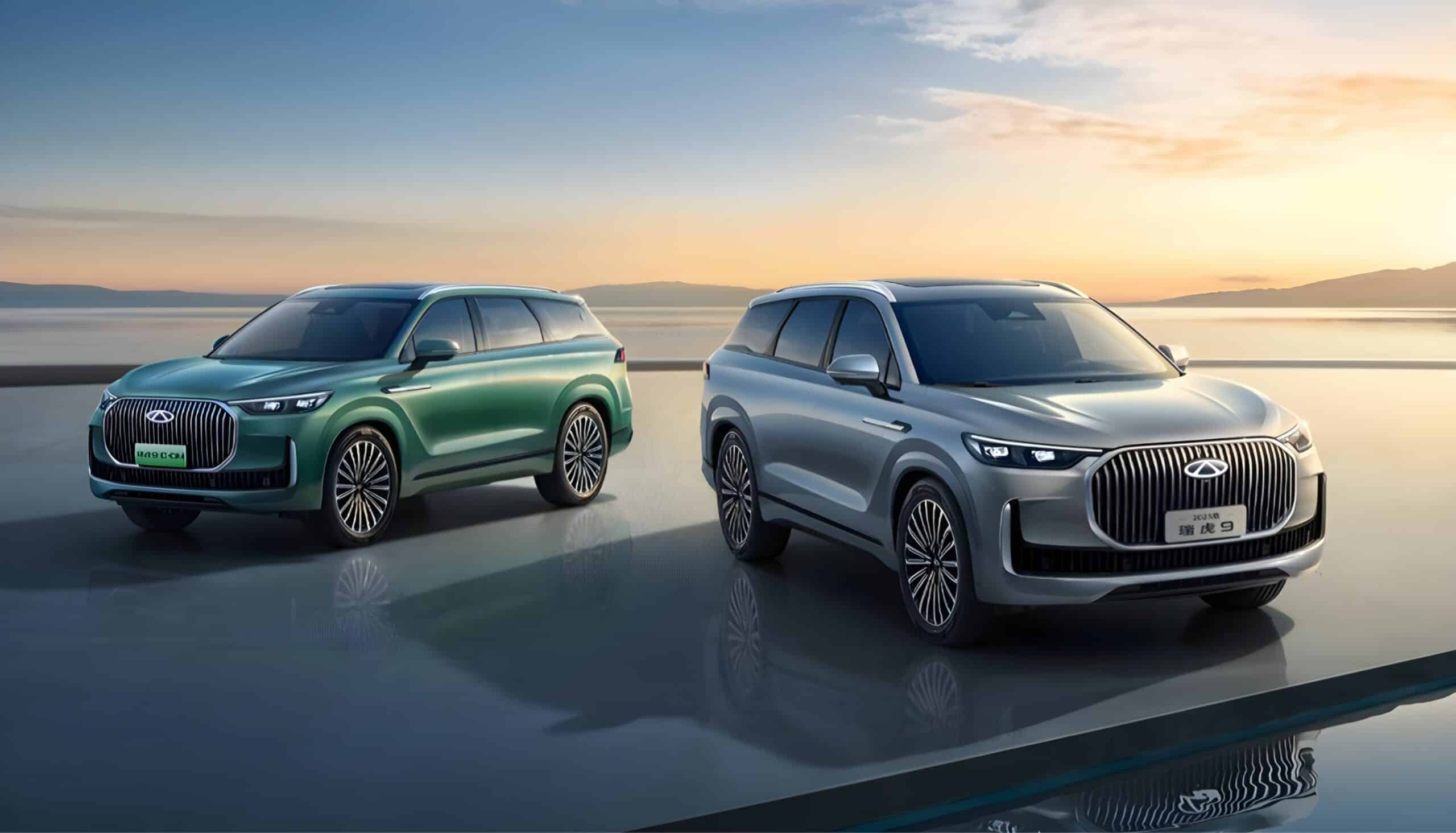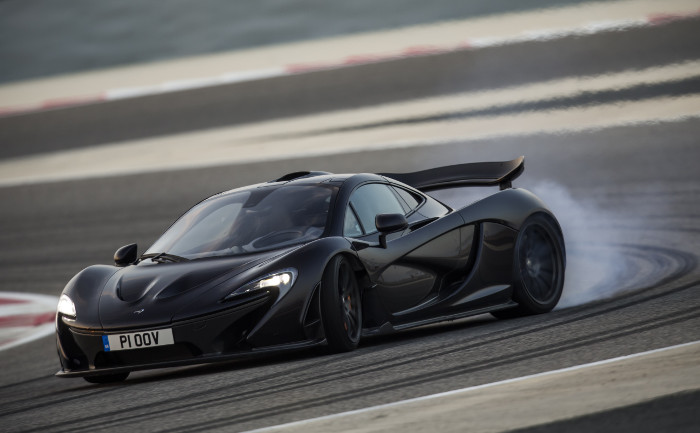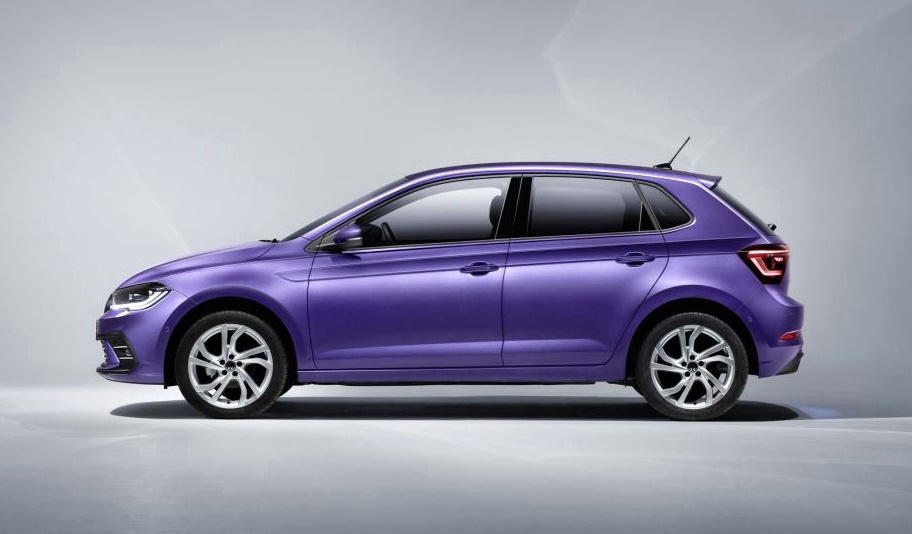Aston Martin is revolutionising its interior design approach with a focus on simplicity and ease of use, aiming to minimise the “piss-off factor” for its discerning clientele. What does the “piss-off factor” mean? It basically means that don’t do something if it irritates people. This innovative metric evaluates the frustration level associated with interior controls, ensuring that every button, switch, or touchscreen feature is intuitive and readily accessible.
In contrast to the trend of touchscreen-heavy cabins adopted by some automakers, Aston Martin remains committed to physical controls that offer tangible feedback and immediate functionality. Design Director Miles Nurnberger emphasised the importance of prioritising customer experience, citing examples where touchscreen-based settings proved cumbersome and unsafe for on-the-fly adjustments.
The new Vantage epitomises Aston Martin’s design philosophy, blending a touchscreen interface with a plethora of physical buttons, switches, and knobs. Despite considering touchscreen integration for certain functions, Aston Martin heeded customer feedback regarding the need for instant access to essential controls like seat adjustments, volume, and HVAC (heating, ventilation and air-conditioning) settings.




